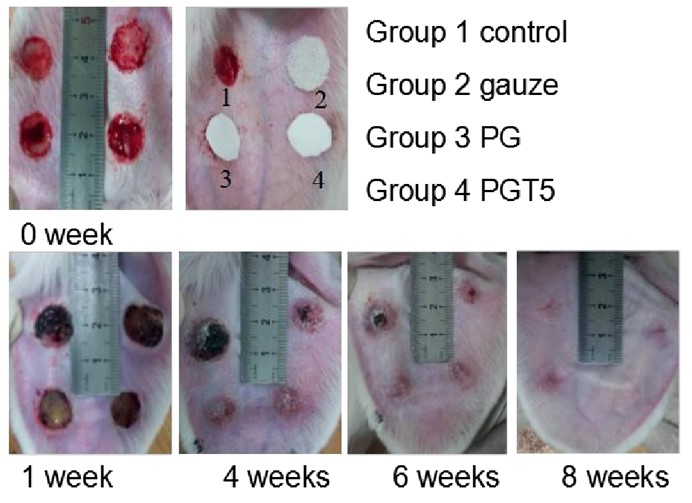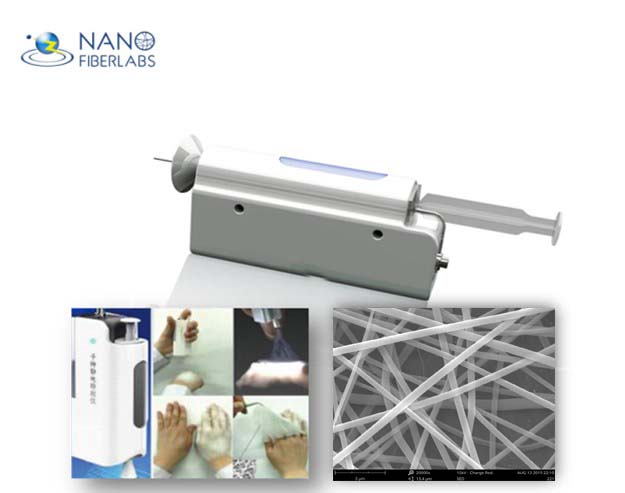Copyright © 2022 Foshan MBRT Nanofiberlabs Technology Co., Ltd All rights reserved.Site Map
In recent years, as the research on electrospinning technology has gradually deepened, it is an efficient and simple method for preparing micro-nano fibers. This technology has expanded from the enhanced materials originally used to manufacture composite structures to the fields of biomedicine, textile fabrics and new energy, with broad application prospects.
The fibers prepared by electrospinning have the characteristics of small diameter and large specific surface area. In the field of biomedicine, this feature can effectively help the diffusion of drugs, shorten the distance of drug diffusion, promote drug dissolution and improve efficiency. The rate of drug release can be adjusted according to the structure of the fiber. The fiber made of degradable materials has good biocompatibility and no toxic side effects. The drug carrier can be used to shorten the drug release distance and never increase the utilization rate of the drug and promote the dissolution of the drug.
The drug loading research carried out by using electrospinning technology mostly uses blending and coaxial electrospinning technology, because the modification of the fiber can enhance the mechanical and chemical properties of the fiber, thereby expanding its application range.
For example, mixing natural polymer gelatin with PCL in different proportions will improve the properties of the hydrophobic material PCL and provide good hydrophilicity for the dressing. This composite fiber overcomes the shortcomings that the natural molecular weight is difficult to determine and the shortcomings that synthetic polymers are difficult to degrade, and it has advantages in physical and chemical properties. The gelatin/PCL composite fiber material is similar in structure to the extracellular matrix, and can also be used for the repair of skin tissue engineering to help wound healing, accelerate the reconstruction of the extracellular matrix, release drugs that help wound healing, and promote skin repair.
As shown in Figure 1, 4 groups of control groups were set up to test the effects of different dressings on the repair of rabbit ear scars. Group (1) is a blank control group; group (2) is ordinary medical gauze; group (3) is PCL/gelatin fiber membrane; group (4) is PCL/gelatin fiber membrane containing TGF-β inhibitor. After 8 weeks, comparing the results of the control experimental group in the figure at different times, it is found that for the use of ordinary medical gauze and nanofiber membranes without drugs, in the process of skin tissue repair, excessive deposition of collagen will lead to scar formation. The TGP-β inhibitor can effectively inhibit the formation of hypertrophic scars.

Figure 1. The control experiment of gelatin/PCL fiber membrane equipped with TGF-β inhibitor on inhibiting wound scar formation with animal scar model test.
Nanofiberlabs Co., Ltd. is an enterprise focusing on the field of electrospinning. It has a number of invention patents, strong research and development capabilities, and a wealth of customer cases. It can provide scientific and educational electrospinning equipment, pilot electrospinning equipment, nanofiber production line, handheld wound dressing electrospinning instrument, etc., integrating R&D, production and service.
The picture below shows the hand-held electrospinning instrument for wound dressing, the equipment link: https://www.nanofiberlabs.com/product/handheld-nanofiber-wound-dressing-electrospinning-instrument-qzp-1.html

For more equipment consultation, please visit the official website: https://www.nanofiberlabs.com/
References:
[1]王乐. 静电纺丝制备微纳米纤维在伤口敷料及纺织服装领域的潜在应用[D].青岛大学,2017.